|
A corner in Hoi An ancient town ( Quang Nam province). |
25 years have passed since Hoi An was recognized by UNESCO as a World Cultural Heritage. With constant efforts to preserve and promote the value of one of the most unique ancient towns in Southeast Asia, Hoi An ancient town has become a symbol of the harmonious combination between heritage preservation and sustainable economic development.
Preserving the spirit of heritage
Hoi An currently has four craft villages and one traditional craft recognized as National Intangible Heritage; a number of other traditional crafts are in the process of applying for recognition. The ecosystem of craft villages, craft village communities, along with the long-standing customs, activities, and beliefs of local residents have contributed to inspiring, forming, and nurturing the richness and diversity of many unique folk art forms such as: Hat Ba Trao, Ho Khoan, Ho Hat Bai Choi, poetry, Ho Ve, Hat Boi, ritual dance, folk sculpture, etc., most notably the art of Bai Choi, which was recognized as a Representative Intangible Cultural Heritage of Humanity in 2017. Thereby, it truly and vividly reflects the cultural and social characteristics of the land and becomes an essential part of the spiritual life of Hoi An people.
Over the years, Hoi An has worked hard to care for, train and attract talented and passionate people to directly participate in performing arts programs, especially folk arts. Hoi An now has a force of actors and performers with a strong identity and Hoi An character, becoming an easily recognizable beauty for Hoi An, when performing in the ancient urban space or anywhere at the invitation of domestic and international art programs.
Hoi An has promoted intangible cultural values and has succeeded in creating cultural tourism products, serving the needs of visitors; at the same time contributing to breathing artistic soul into the heritage. Every day, every hour, Hoi An cherishes, preserves, adapts and elevates products, promotes human resources so that products are imbued with folk materials, imbued with the traditional identity of the nation. That is also an effective way to preserve, maintain and restore traditional artistic values, preserving the soul of heritage.
Vice Chairman of the City People's Committee Nguyen Van Lanh shared that Hoi An is a heritage city, but a living heritage. For generations, people have lived in heritage, lived with heritage, lived with heritage and lived for heritage. More than anyone else, people understand that, so we must rely on people to preserve and promote heritage.
“Predecessors in Hoi An built a once prosperous international port and urban area, leaving behind priceless heritages for future generations. Generations of Hoi An residents continue to preserve and create new values, making the heritage their ancestors created even more sparkling and radiant,” emphasized Mr. Nguyen Van Lanh.
The previous generations in Hoi An created a once prosperous international port and urban area, leaving behind priceless heritages for future generations. Generations of Hoi An residents continue to preserve and create new values, making the heritage their ancestors created even more sparkling and radiant.
Mr. Nguyen Van Lanh, Vice Chairman of the City People's Committee
Since becoming a World Cultural Heritage, the government and people of Hoi An have taken many measures to preserve, promote and enhance the value of the heritage. Not only restoring, embellishing and protecting each tangible cultural value, Hoi An has promoted the role of intangible culture inherent in the heritage. Although many achievements have been made, Hoi An cannot avoid facing challenges and unwanted impacts on the heritage.
Mr. Nguyen Su, former Secretary of the Hoi An City Party Committee, said that when Hoi An was recognized as a World Cultural Heritage, its economy would develop and people's lives would improve, but if everyone focused on developing the old town, the tranquility of Hoi An would be lost. If Hoi An were as bustling as other cities, it would no longer be Hoi An. Therefore, the issue of Hoi An people in heritage conservation starting from behavioral culture and lifestyle is the number one issue. "The old town may still be there, the old houses may still be there, the roads, assembly halls, communal houses and pagodas may still be there, but if the lifestyle fades, or even changes, the characteristics of Hoi An, gentle, slow, quiet, hospitable, and polite, will not be careful and will only be a memory, losing the soul of the heritage," Mr. Nguyen Su worried.
Looking at Hoi An over the past quarter century, despite the challenges and concerns, a living heritage city continues to be preserved. Hoi An people still have to catch up with modern life, cannot fall behind, but also not lose the cultural value of the heritage. For every Hoi An person, the heritage is always kept in the heart, from each relic entity to the soul that makes up the intangible value of the heritage.
Promoting heritage values
The government and people of Hoi An have not only preserved a living museum of architecture and urban lifestyle symbolizing the unique East-West cultural exchange, but also promoted those values for the purpose of preserving and sustainably developing this heritage. From a bustling international trading port hundreds of years ago, Hoi An now retains 27 national relics, 49 provincial relics and more than 1,330 relics in the city's protection list. All of these create a unique architectural space, a blend of Vietnamese, Chinese, Japanese and Western styles.
Since 2008, more than 400 relics in Hoi An ancient town have been restored with a budget of more than 150 billion VND from the state budget and community contributions, including the completion of the demolition and restoration of Hoi An's iconic relic, the Japanese Covered Bridge.
Not only preserving ancient architecture, becoming a World Cultural Heritage has also created conditions for Hoi An to preserve and nurture unique cultural spaces, from hundreds of years old famous craft villages such as Thanh Ha pottery, Kim Bong carpentry, Tra Que vegetables... to unique customs, practices, beliefs and folk arts such as the Lantern Festival, Bai Choi singing, Mid-Autumn Festival...
The diverse and rich intangible heritage and folk arts in Hoi An have become attractive cultural tourism products for domestic and international tourists. Hoi An is now considered a model in preserving and promoting heritage values thanks to the consensus and cooperation of the local community, businesses and the city government. Outstanding initiatives such as: Motor-free streets, reducing plastic waste, eco-tours with tourists participating in environmental protection, etc. have been effectively implemented. Being a member of the UNESCO Creative Cities Network in the field of handicrafts and folk arts also creates conditions for Hoi An to continue pursuing the goal of sustainable development.
Since the ancient town of Hoi An was honored as a World Cultural Heritage, Hoi An culture has been increasingly recognized as a complex of historical, cultural, humanistic and urban architectural heritage. The ancient urban architectural complex in particular and Hoi An cultural heritage in general have been managed, preserved and promoted better and more effectively, and have been highly appreciated by UNESCO and international organizations, and awarded many awards. “What we have achieved today is the result of the tireless efforts of the Party Committee, government and people of Hoi An, with the attention and support of central and Quang Nam provinces, international organizations and friends. Hoi An cultural heritage has truly become the foundation, launching pad, driving force and goal of socio-economic development, contributing significantly to the development of Hoi An's tourism-service economy, raising income and improving people's lives,” Mr. Nguyen Van Lanh emphasized.
From a humble ancient town, Hoi An has now become a famous tourist destination. If in 1999, Hoi An only welcomed nearly 100 thousand visitors, up to now this number has exceeded 3 million, even reaching more than 5 million visitors in some years. This ancient, quiet city attracts tourists not only by its poetic landscape but also by the sincerity and hospitality of the local people. Thanks to the development of the tourism industry, Hoi An's economic structure has changed significantly.
Vice Chairman of the People's Committee of Quang Nam Province Ho Quang Buu shared: Up to now, the ancient town of Hoi An has gone through an emergency rescue phase, still maintaining its quiet and ancient appearance; the space of the traditional urban architectural complex is almost perfectly preserved. In the coming time, the World Cultural Heritage of the ancient town of Hoi An will continue to be preserved and its value promoted in contemporary life. From there, it will contribute to building Hoi An into an ecological-cultural-tourist city by 2030; aiming to establish the role of Hoi An as a driving force in the development of tourism and services in the central coastal region and the whole country, reaching out to the Asian region, and becoming an attractive destination in the world.
Source: https://nhandan.vn/gin-giu-va-phat-huy-di-san-hoi-an-post859223.html



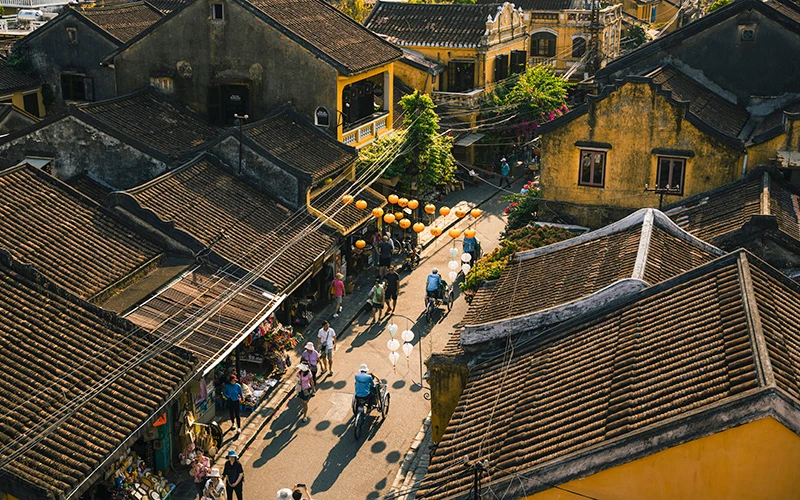
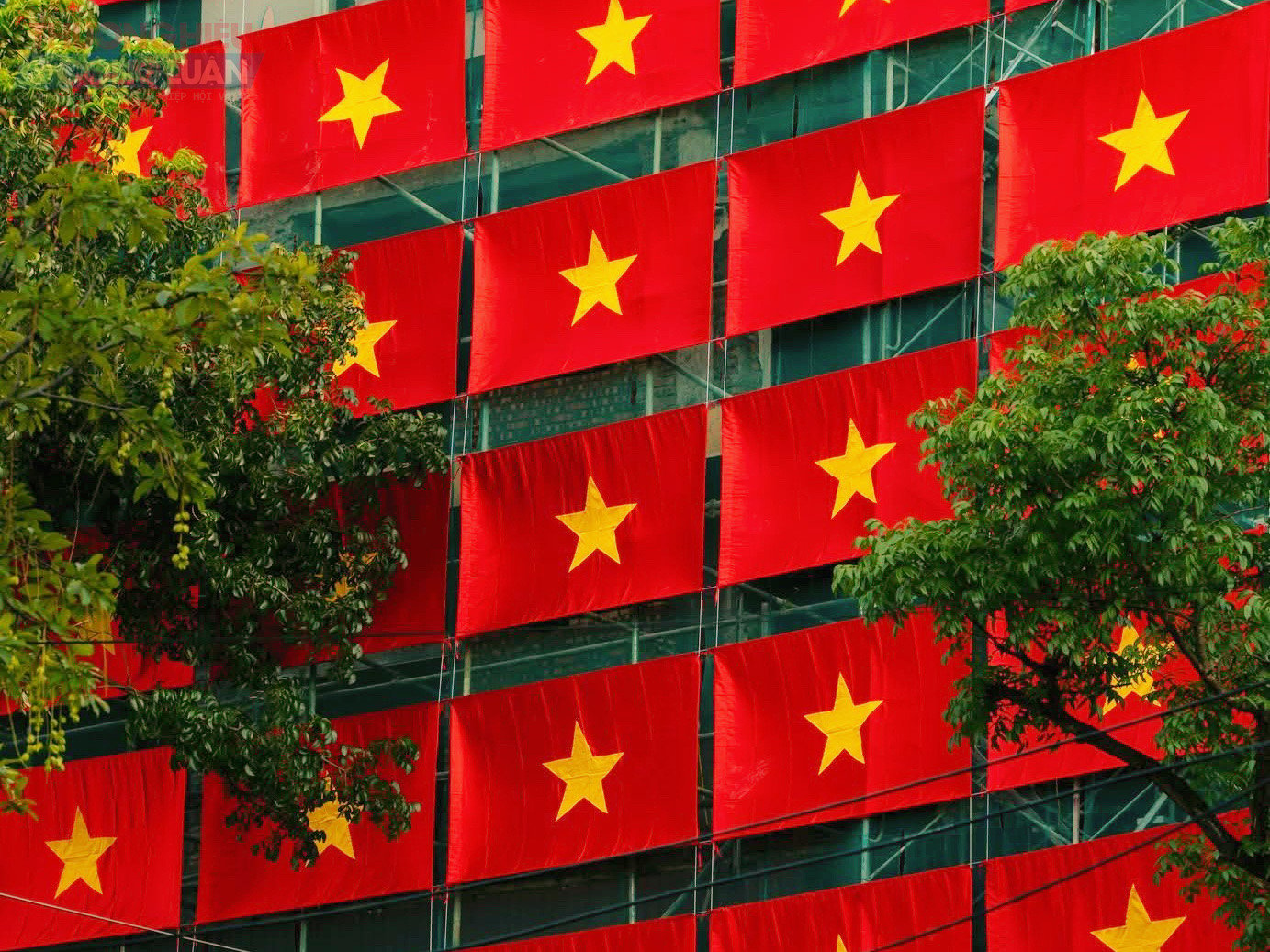

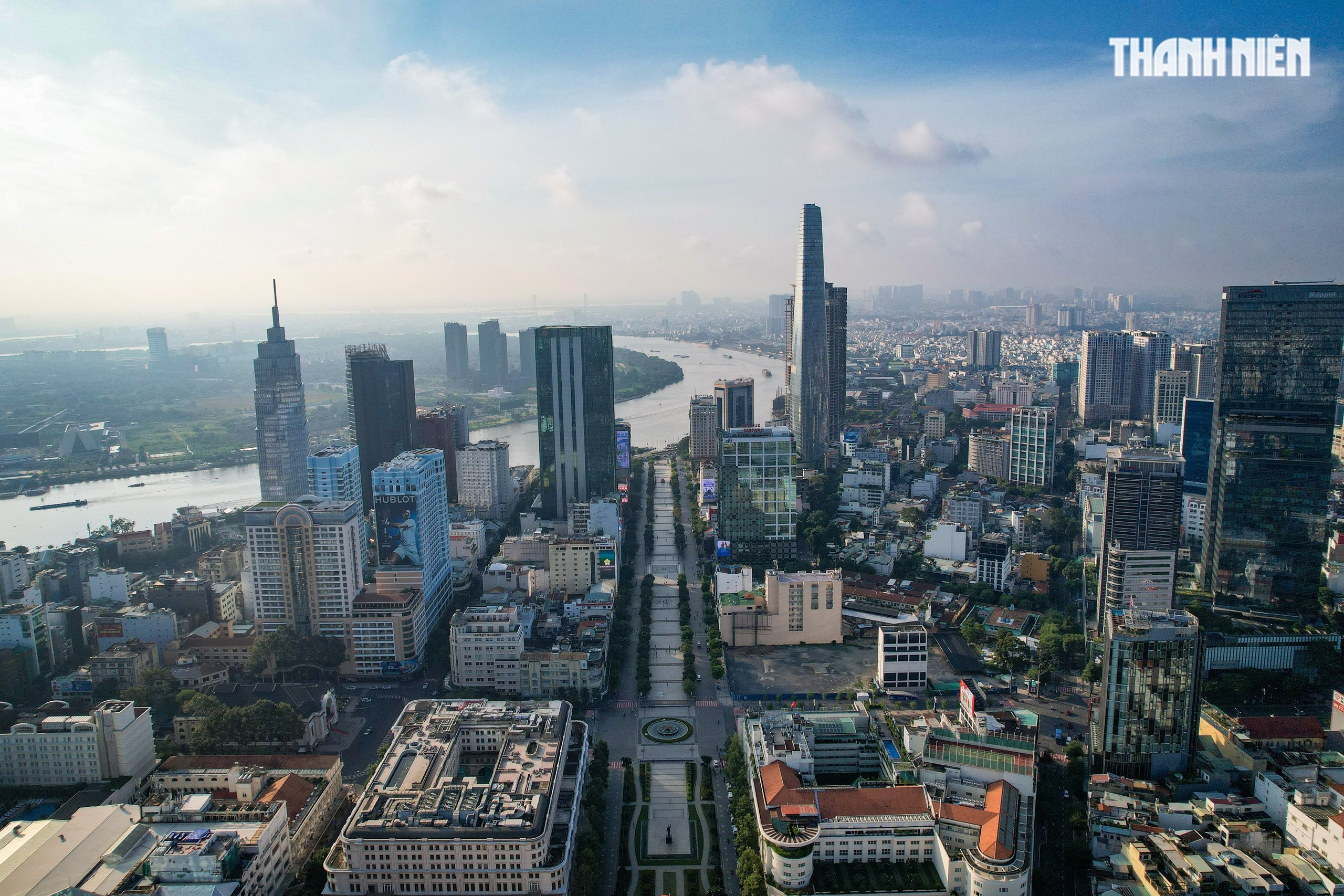
![[Photo] General Secretary To Lam attends the 80th anniversary of Vietnam's diplomacy](https://vstatic.vietnam.vn/vietnam/resource/IMAGE/2025/8/25/3dc715efdbf74937b6fe8072bac5cb30)
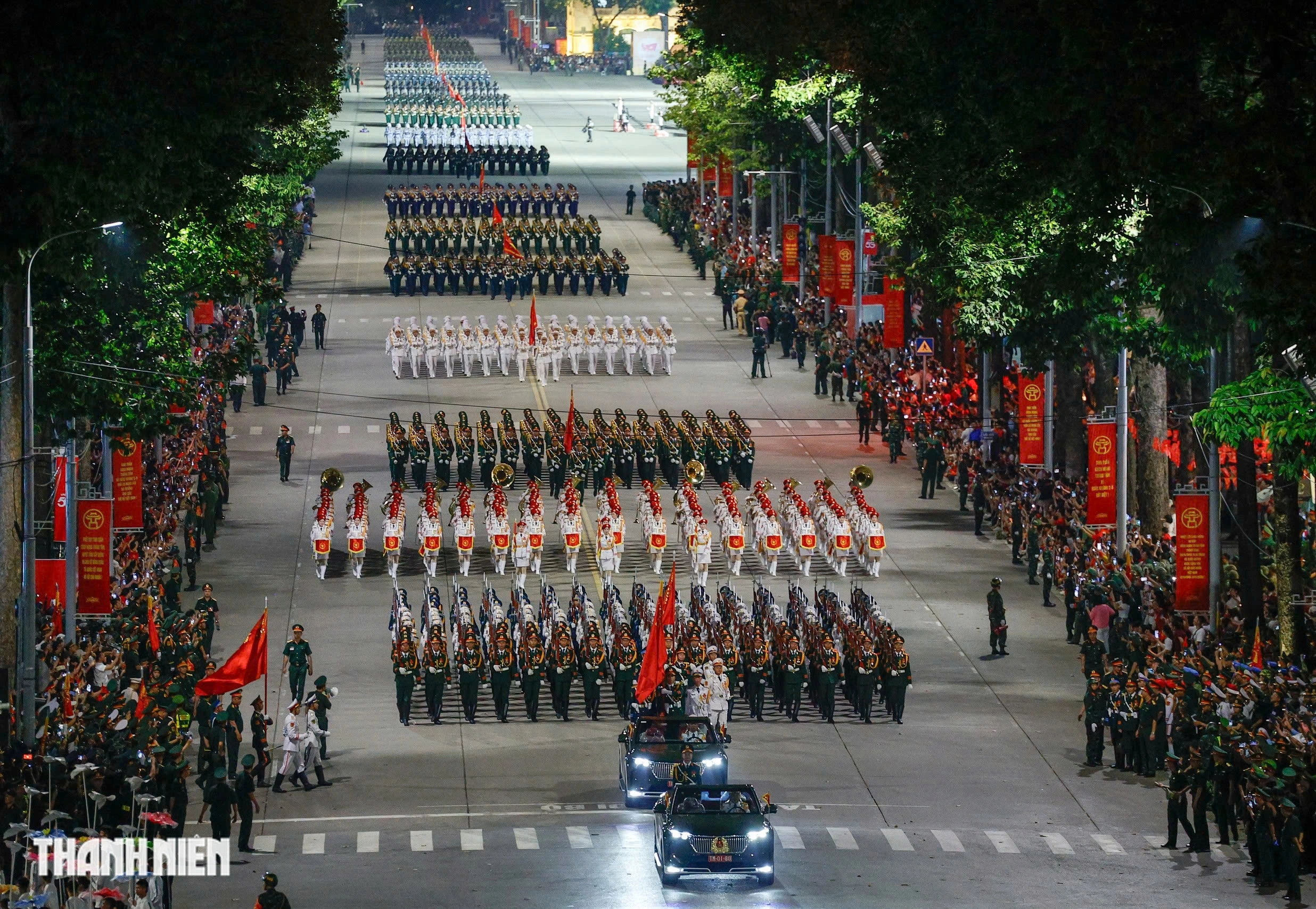

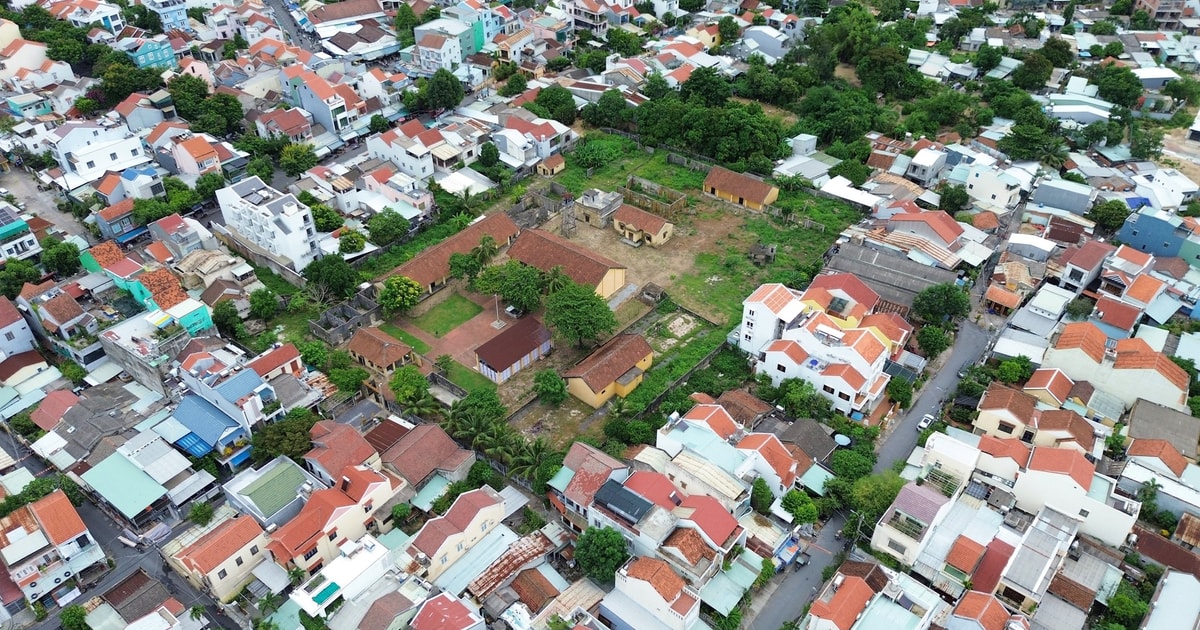



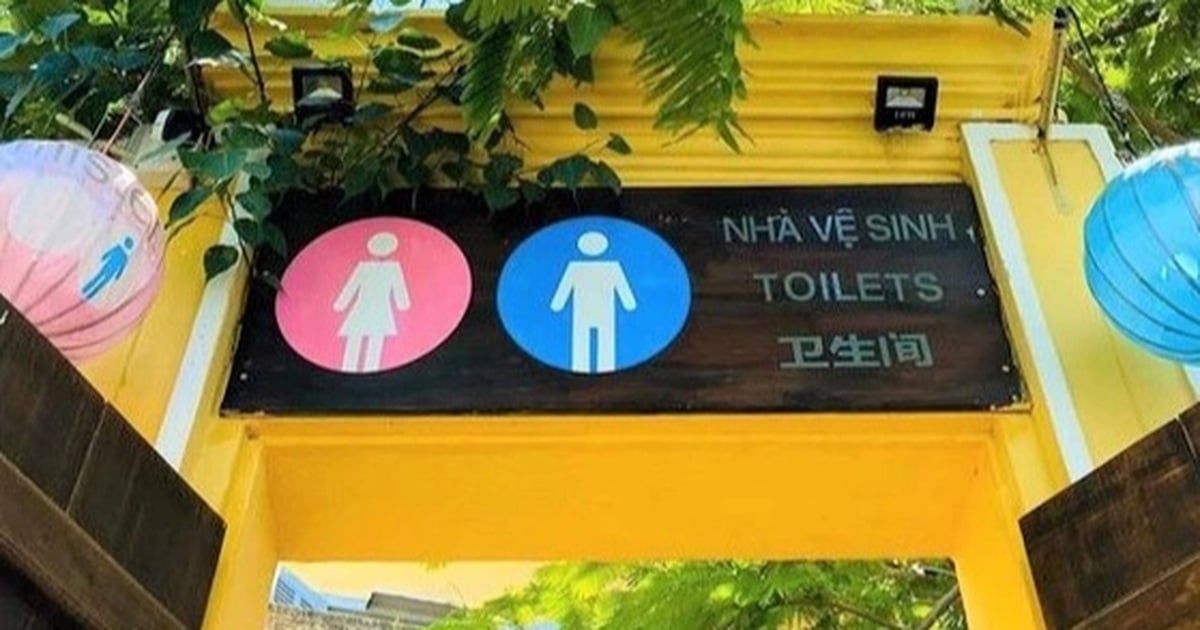

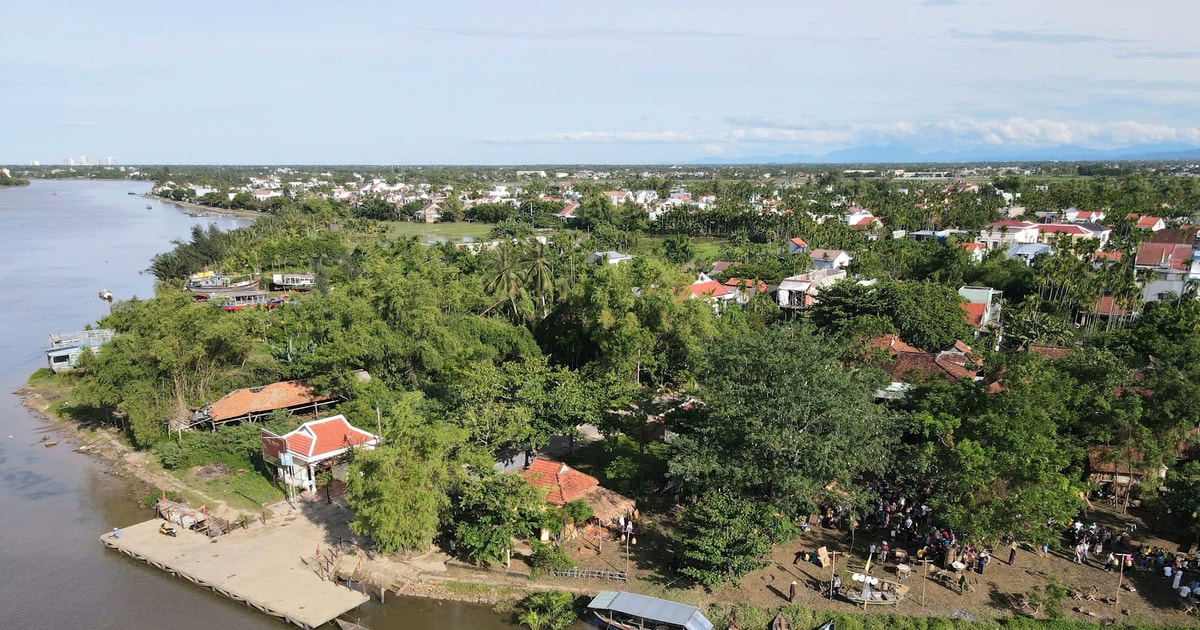
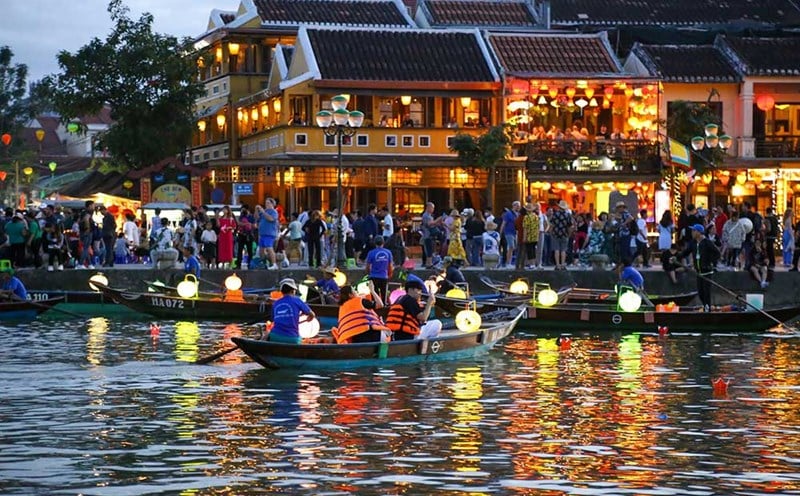





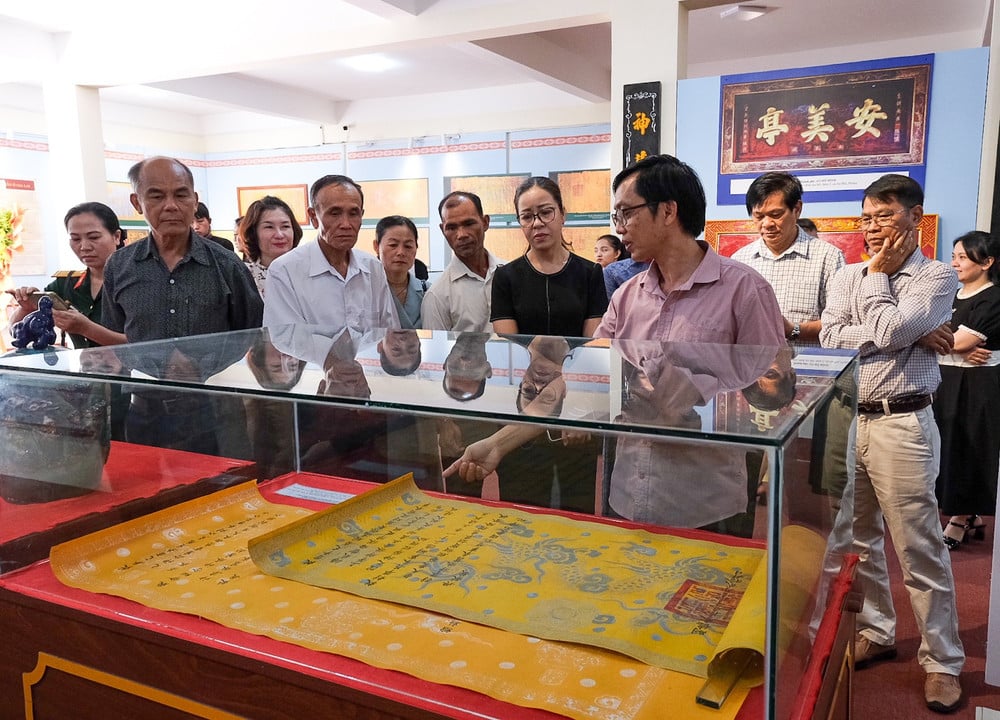

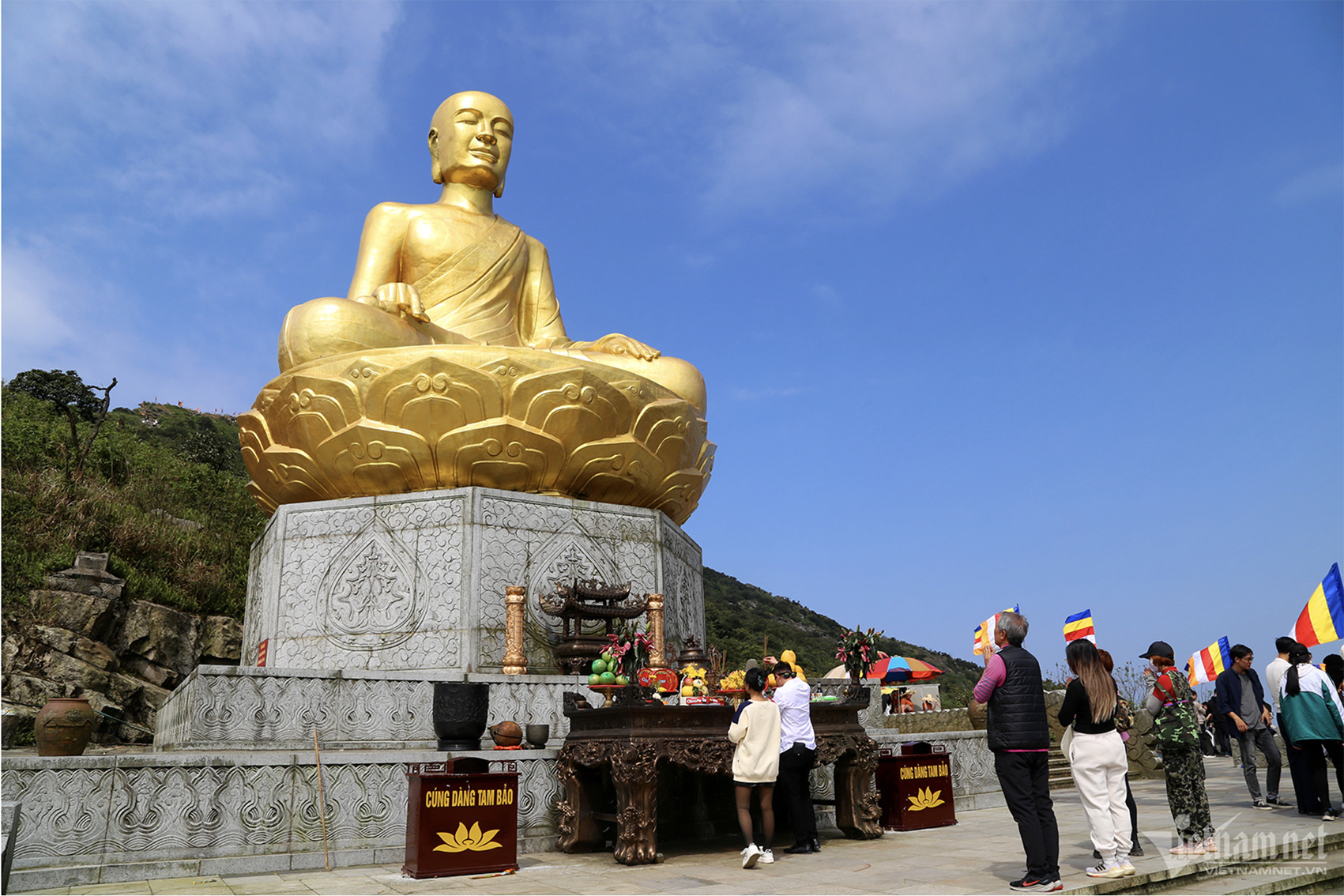

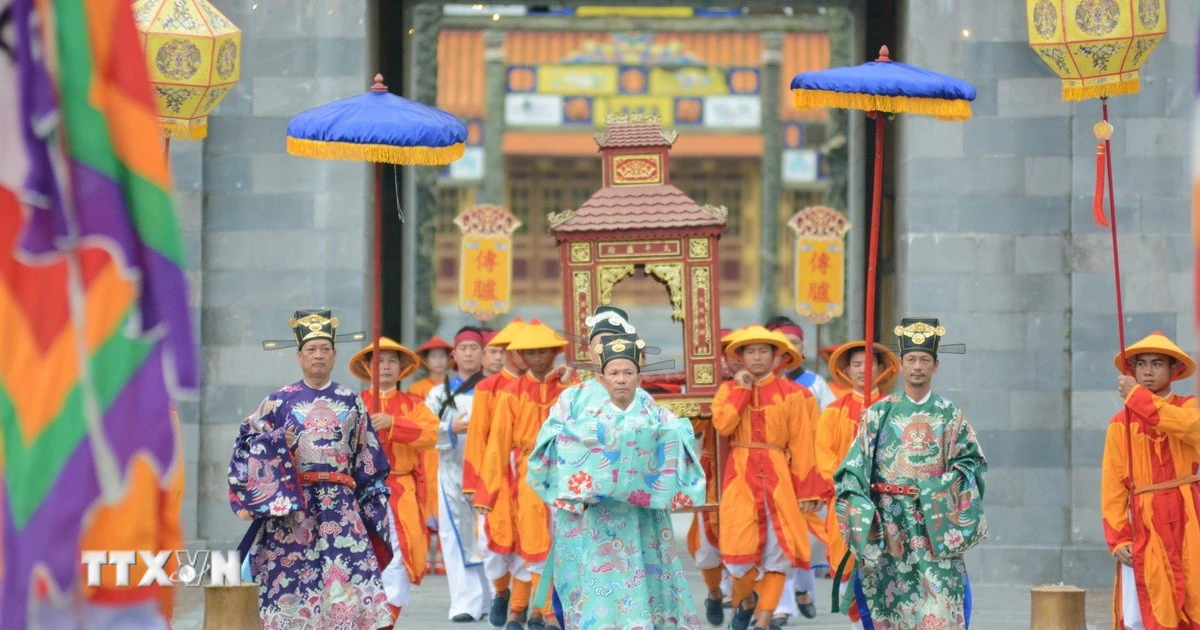









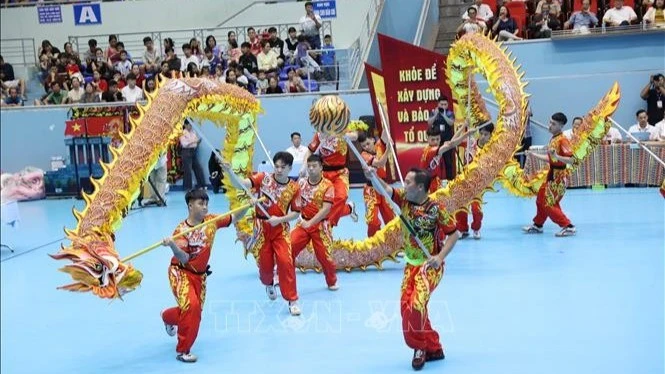
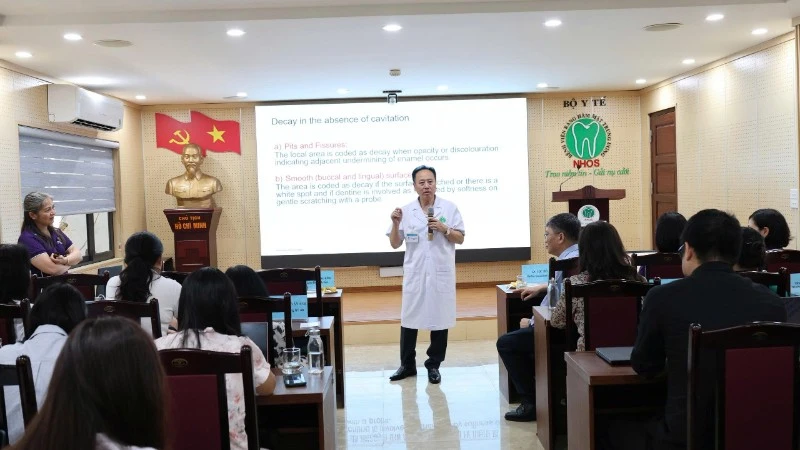




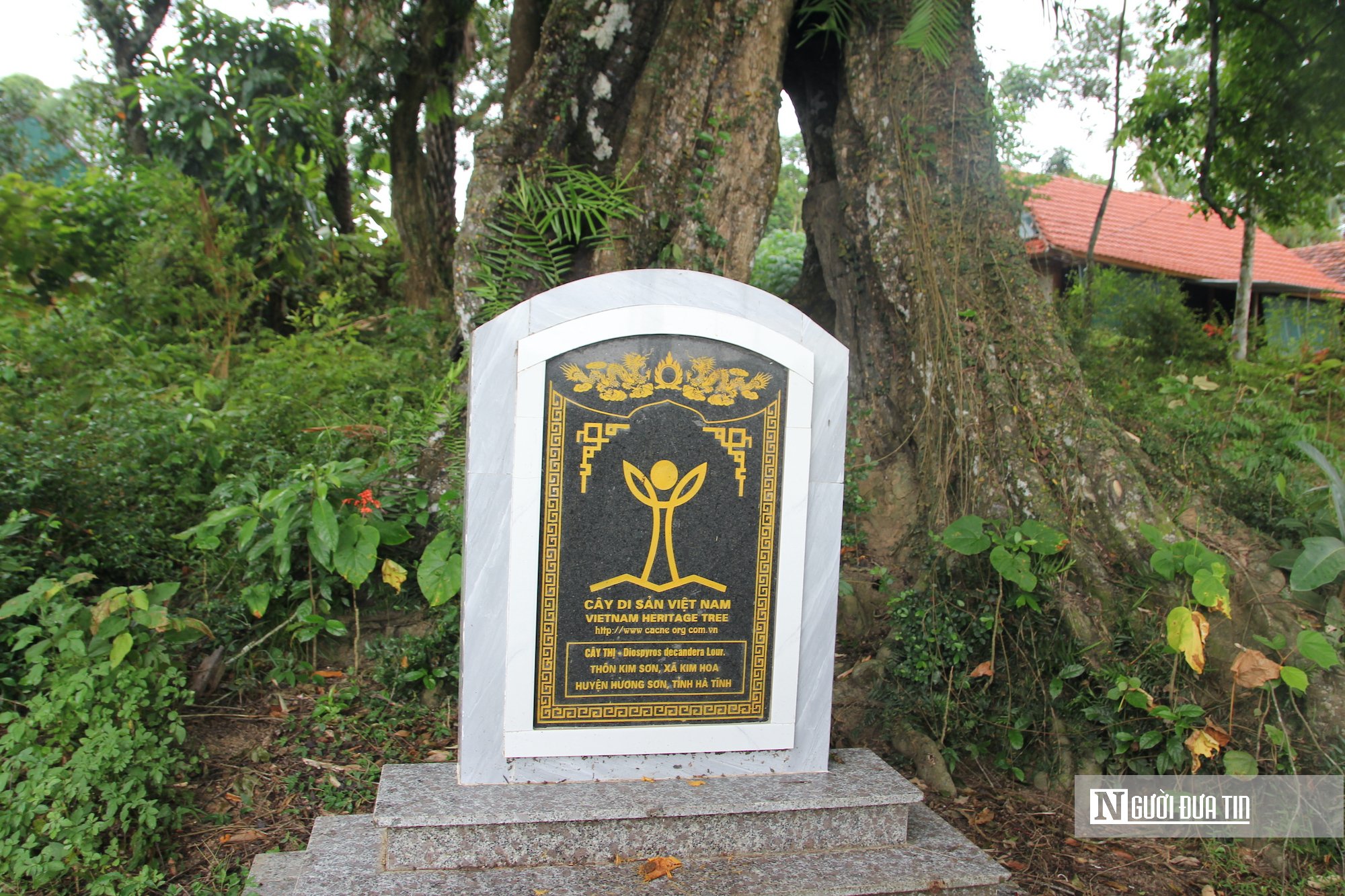

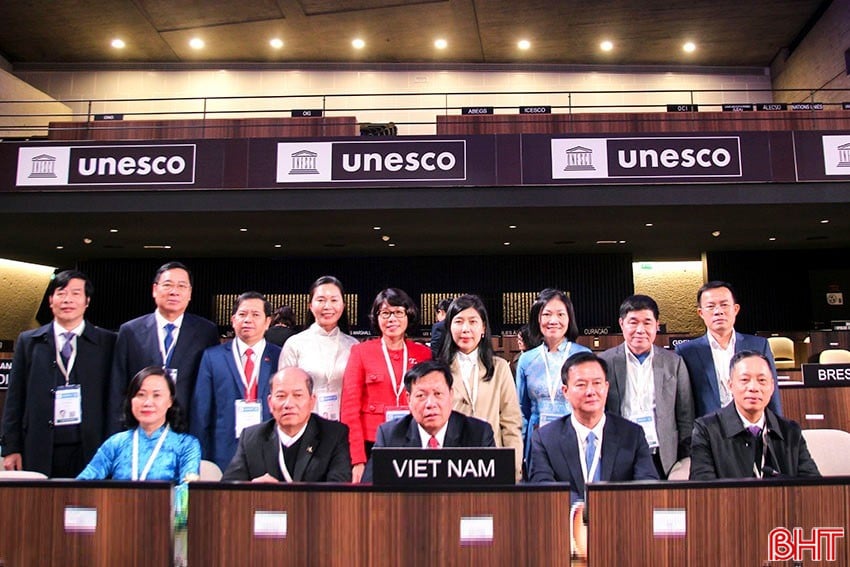






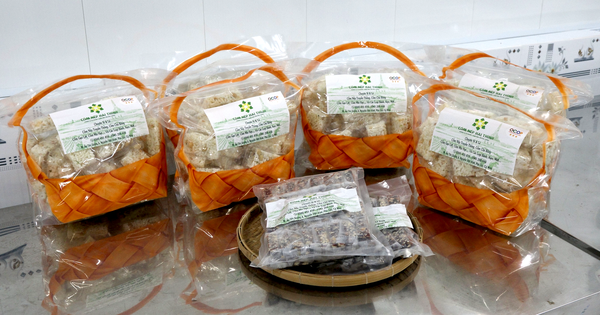


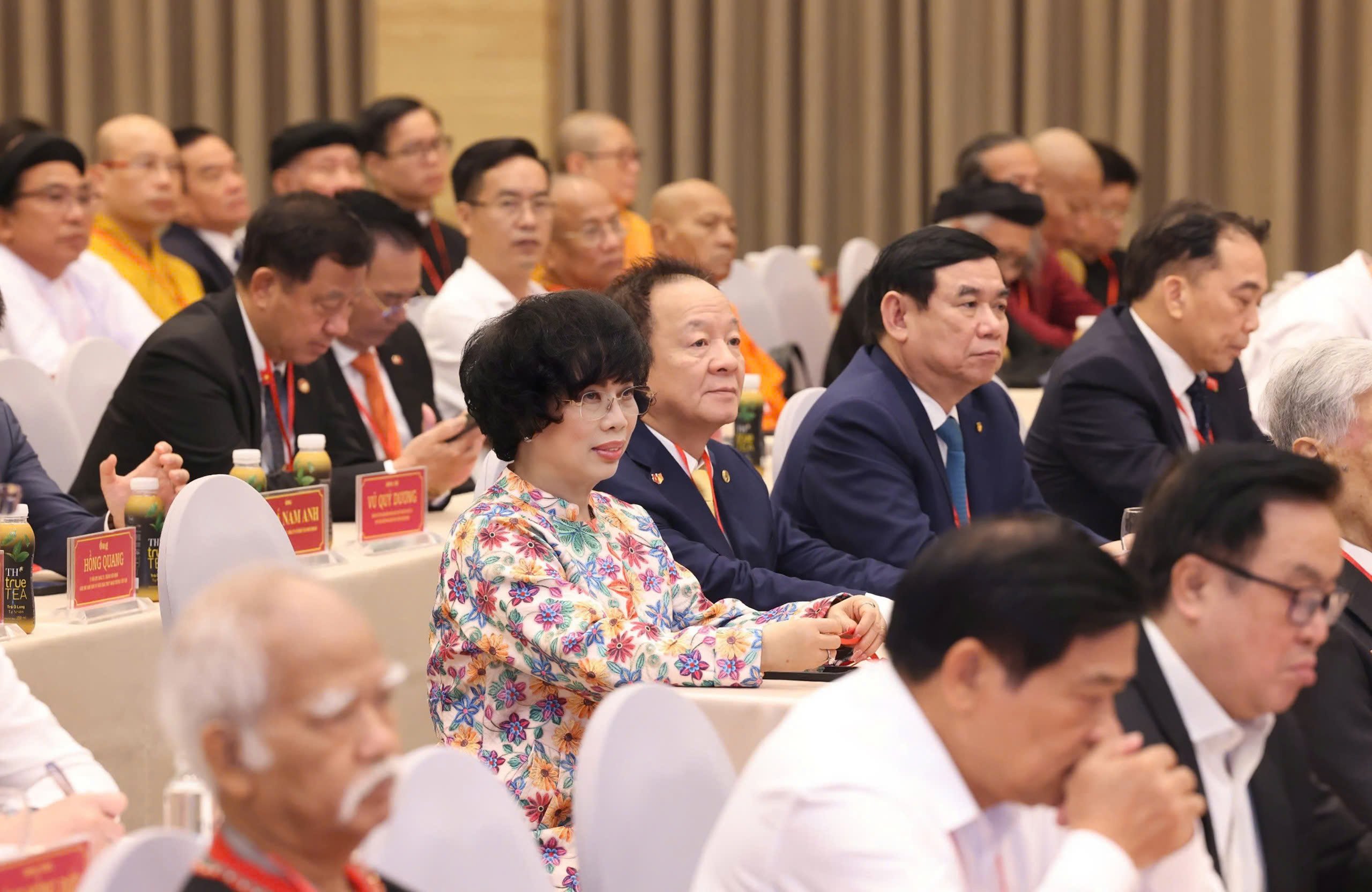

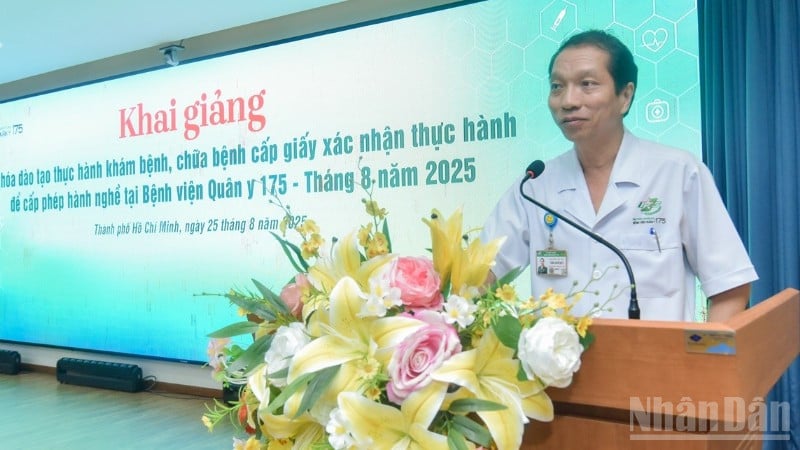



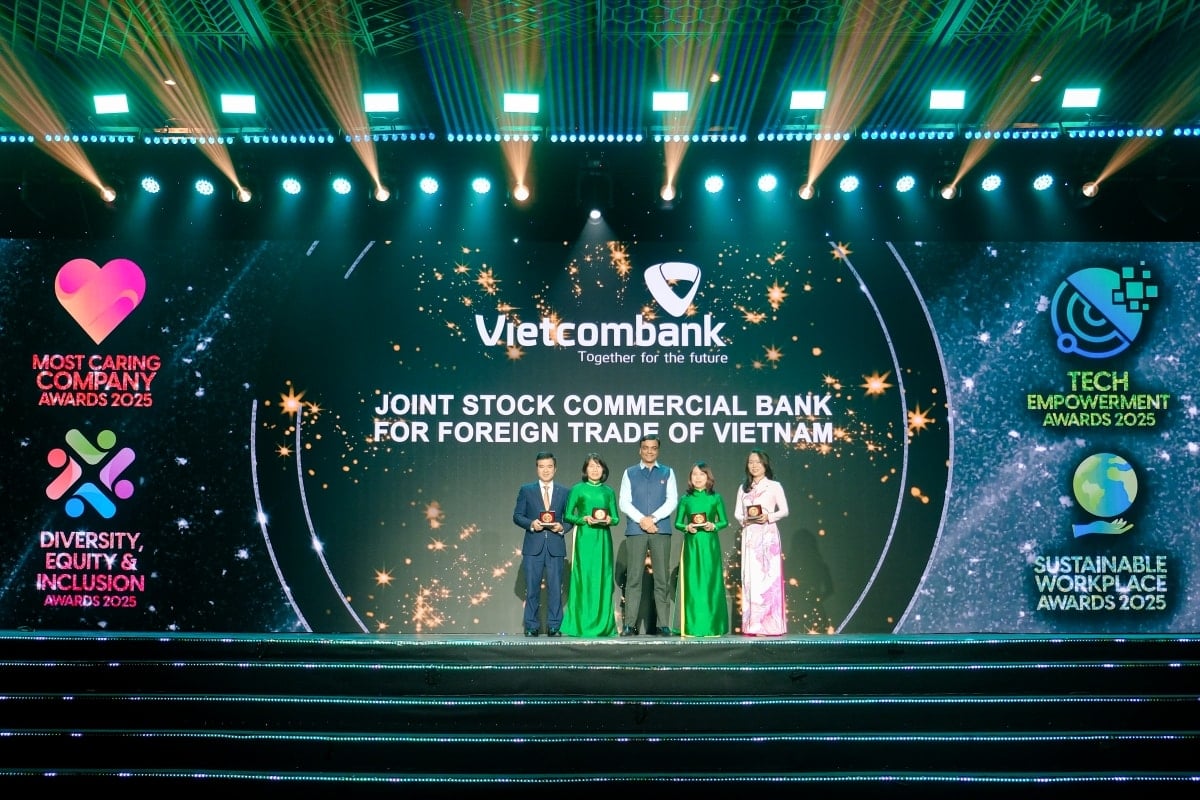
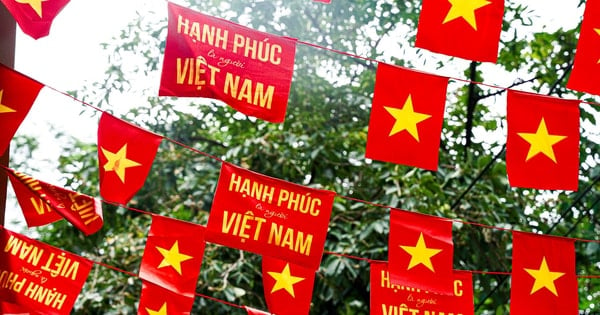




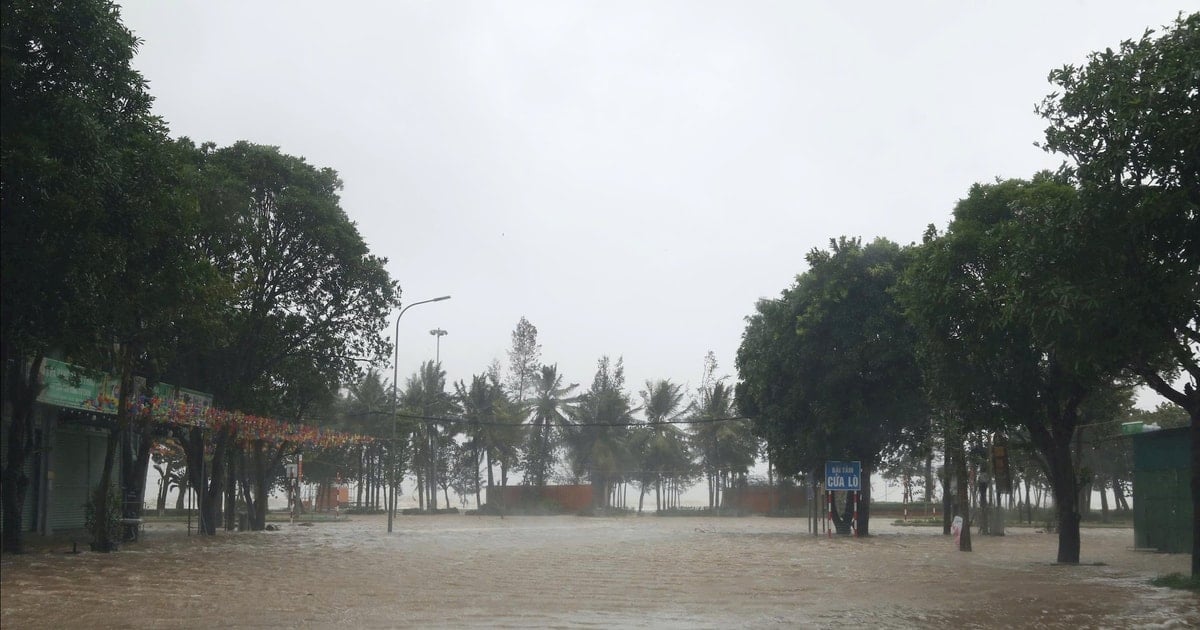

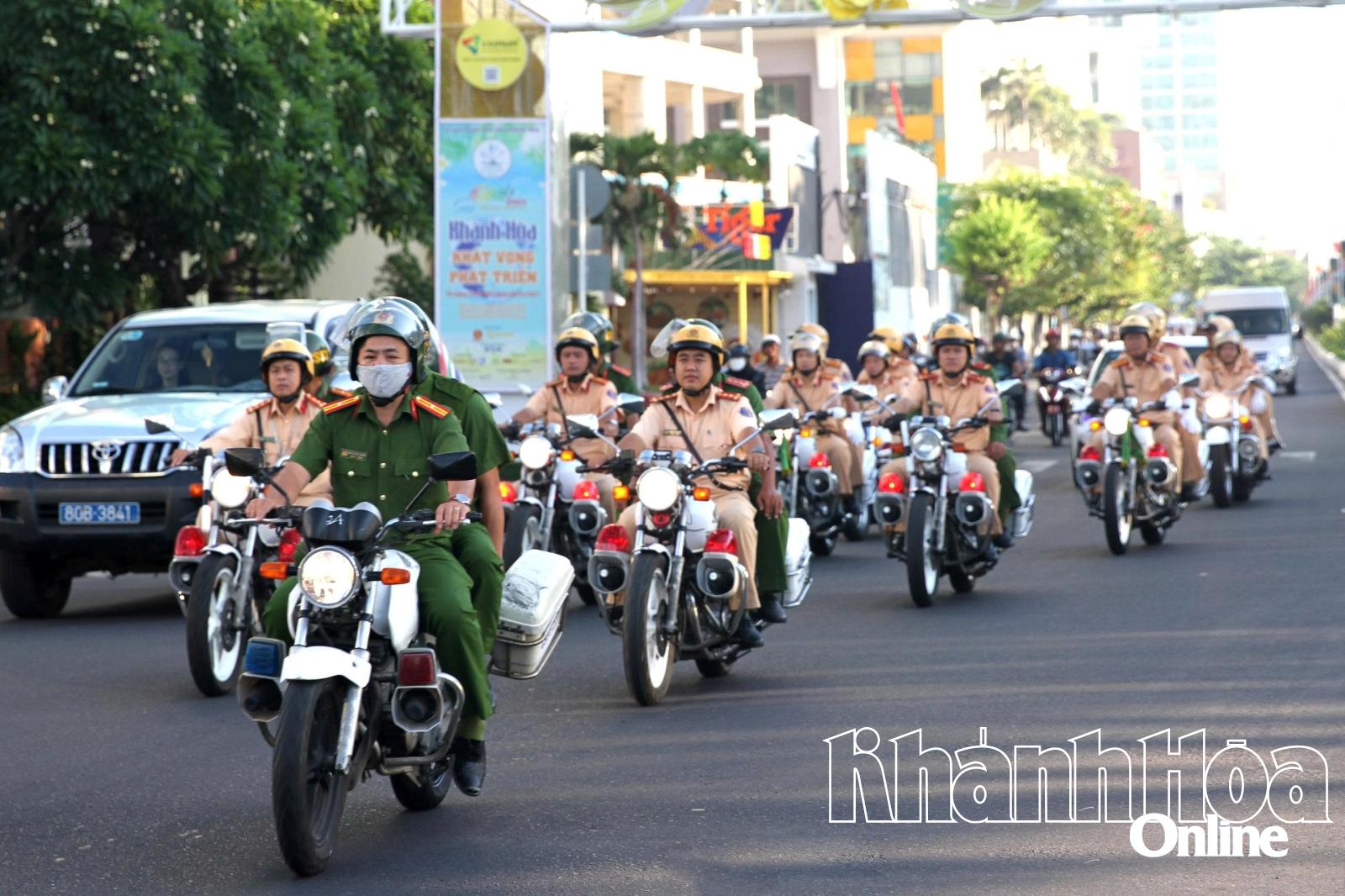








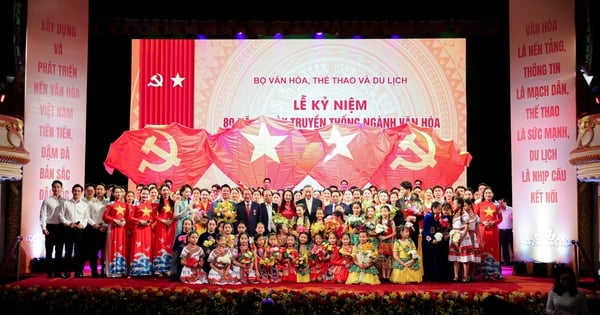
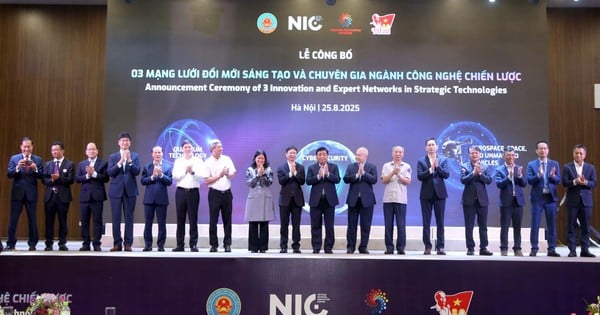

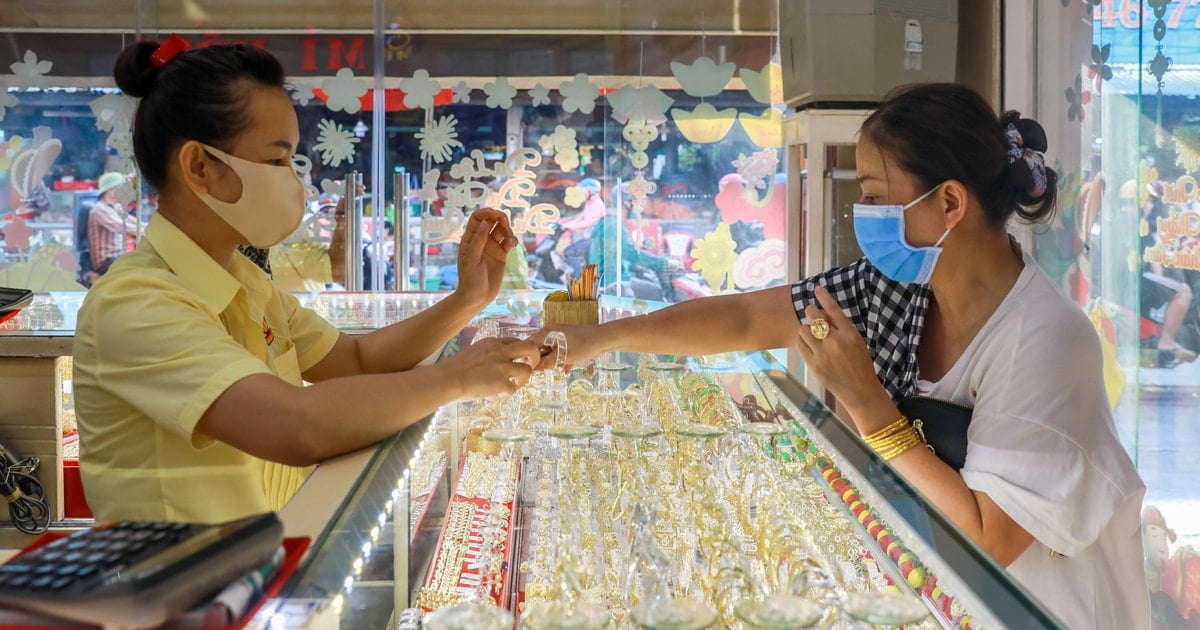
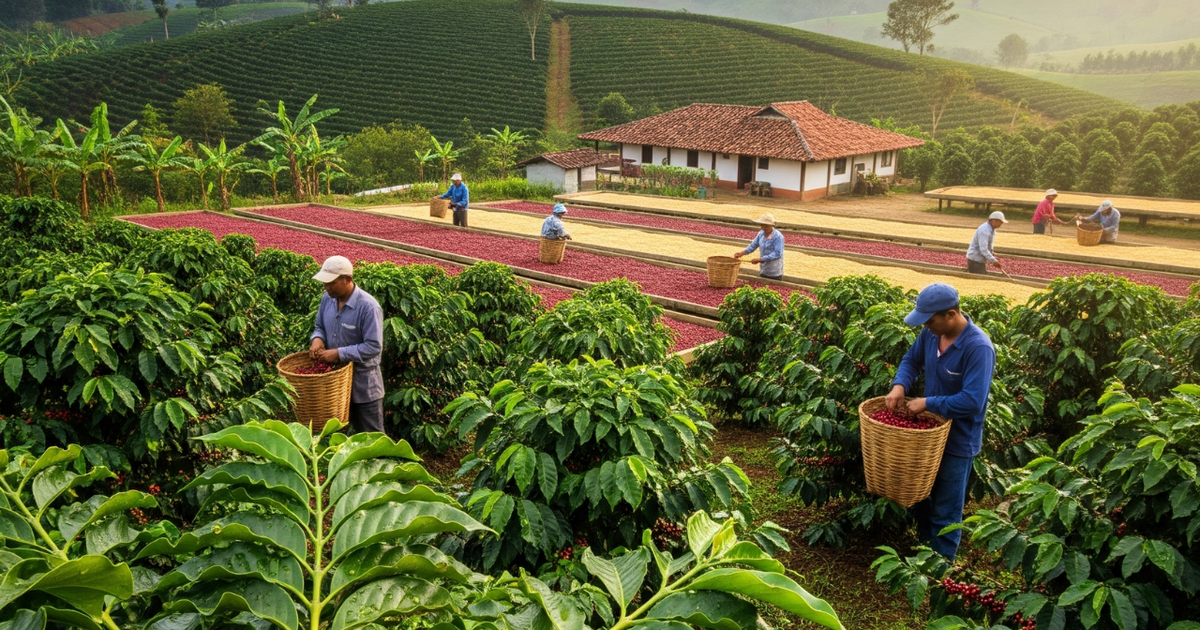
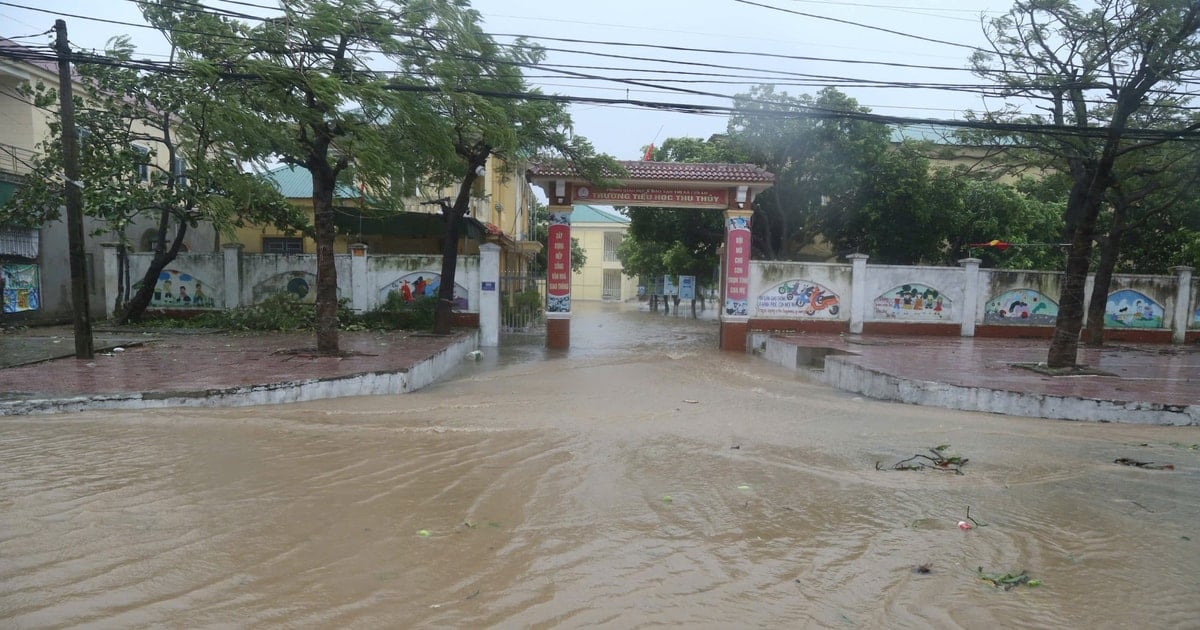
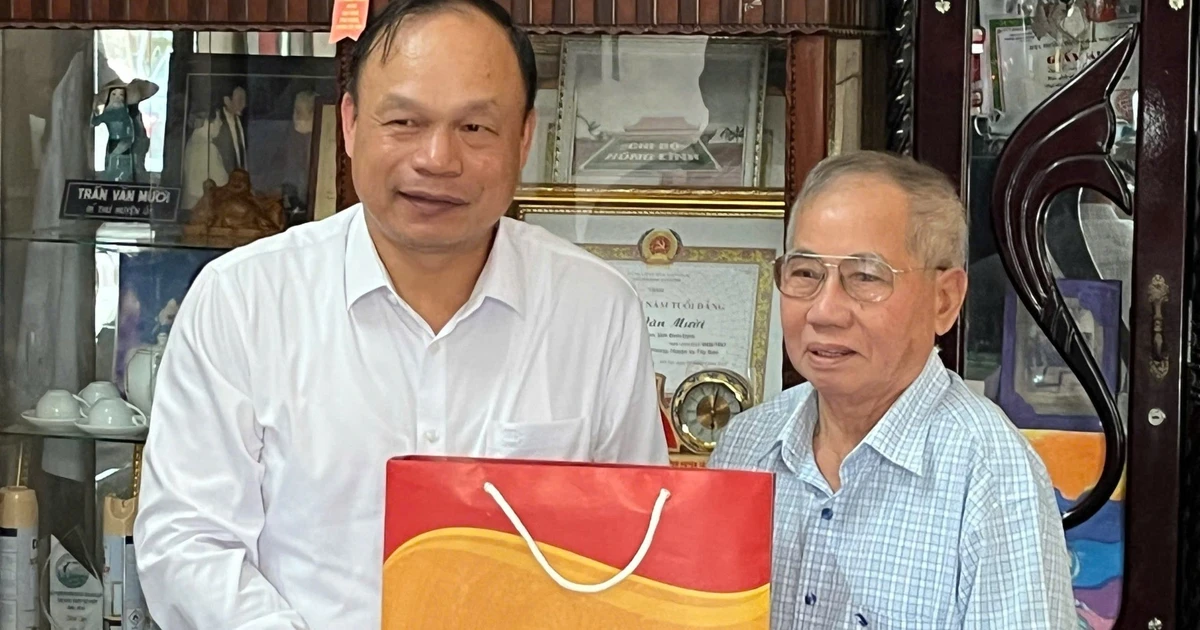
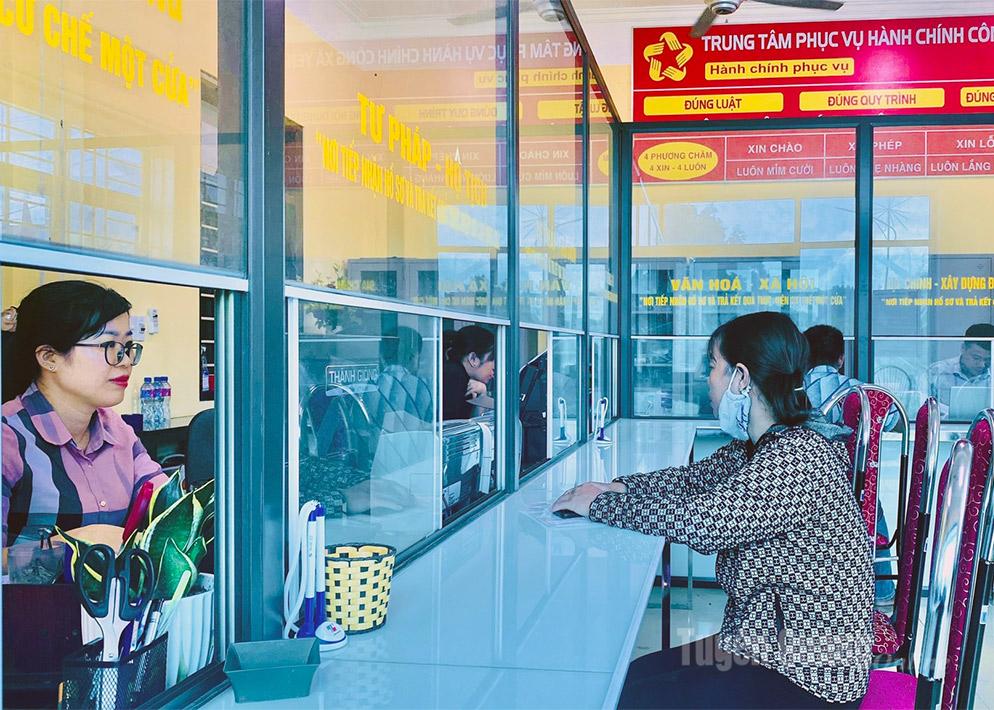

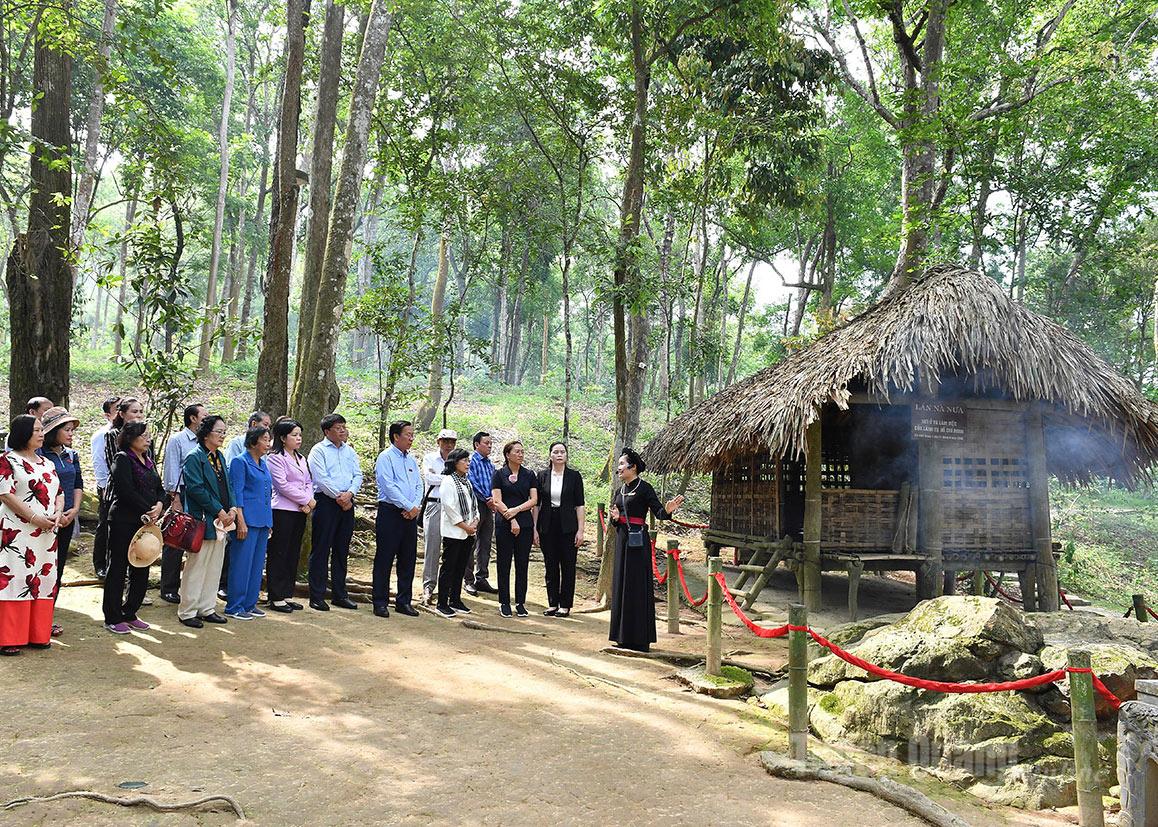



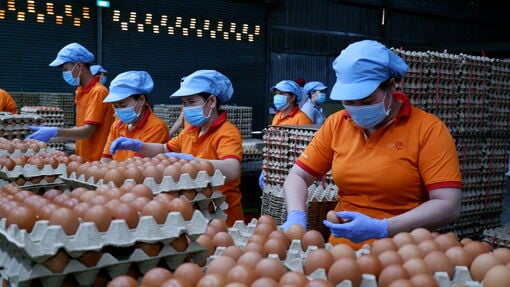

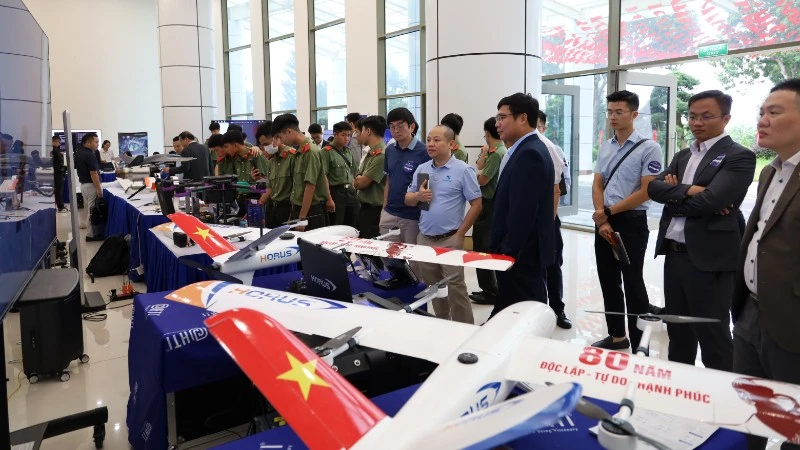

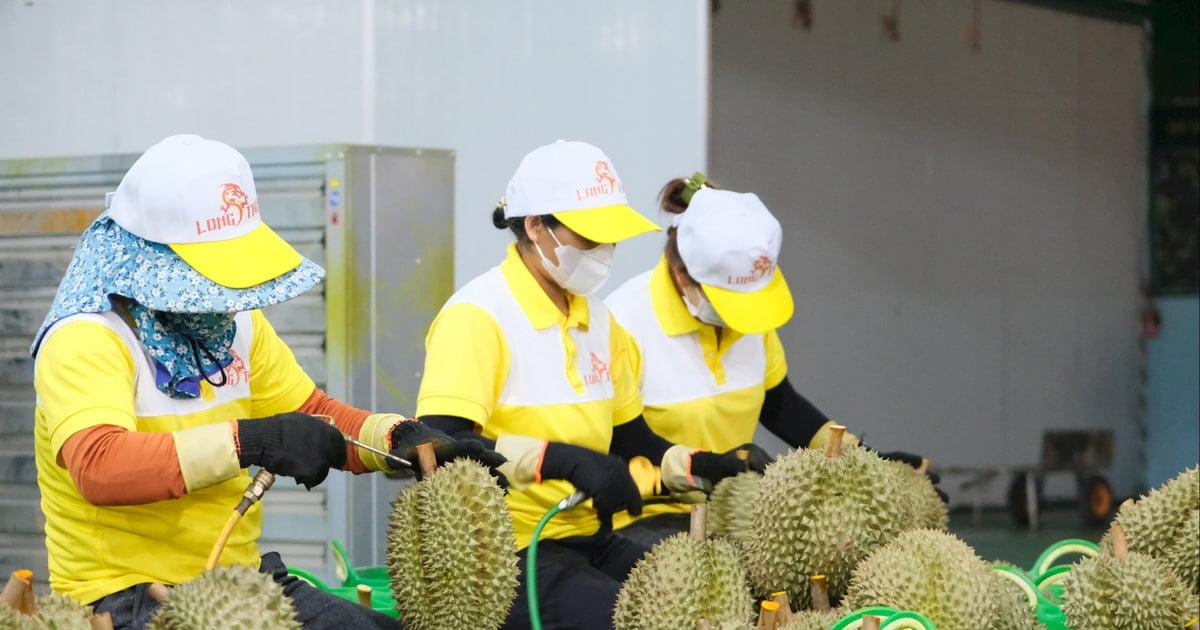






Comment (0)